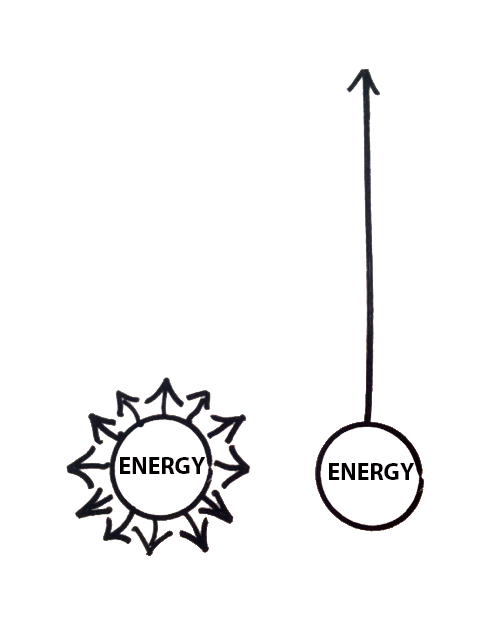Navigating Ambiguity
To get promoted, have to be able to make better decisions despite more uncertainty.
When I worked at Google, we were evaluated on "navigating ambiguity" in our performance reviews. I never really understood it.
I knew what the words meant. I just didn't grok the phrase or why it was important enough to be a category on our reviews.
Simplifying Reality
Ten years later, I'm the co-founder and CEO of Tortuga leading a team of twelve. I'm reading about strategy in The Lords of Strategy and Good Strategy Bad Strategy. A line in the latter caught my attention.
The diagnosis for the situation should replace the overwhelming complexity of reality with a simpler story, a story that calls attention to its crucial aspects. The simplified model of reality allows one to make sense of the situation and engage in further problem solving.
I was transported back to "perfs"—performance reviews—at Google, which I hadn't thought about in years. Navigating ambiguity suddenly made sense.
As the leader of a small team, my job is to "replace the overwhelming complexity of reality with a simpler story." To create a "simplified model of reality." To distill the next quarter down to a single problem to solve.
A leader must have the team focused on one goal while ignoring every other possibility. That single-minded focus allows the team to channel its energy into the one thing instead of scattering it in every direction.

More specifically a leader must clarify the diagnosis in the Kernel of Good Strategy from Rumelt's Good Strategy Bad Strategy. The diagnosis is a choice, a judgement call.
Diagnoses cannot be proven to be correct. Each is a judgement about which issue is preeminent.
There is no "right" diagnosis. No "right" problem to solve. Only a judgement. A choice.
A leader must assess the endless list of issues that the company or team is facing and choose one to work on first.
Creating a Strategy
Every quarter, I write a Kernel of Good Strategy for Tortuga. Before the pandemic, I was helping teams within Tortuga write their own strategies with the company strategy in mind. As we grow, the leaders of each team will be responsible for creating their team's strategy, not by fiat but by listening, gathering feedback, synthesizing all of it into a strategy, and getting buy in for that strategy.
As you travel down the org chart, each level of the organization should have less ambiguity to navigate. At the top of the organization, the leader must distill infinite options down to a company-level strategy.
The leaders at the next level of the organization then have the company-level strategy for guidance. They must use this to clarify what their team should be working on.
The smallest unit of the organization is the individual. The most junior members of the organization should be asked to deal with the least ambiguity. Not no ambiguity, just the least ambiguity. They should have clear guidance at the company and team levels. However, they should have the autonomy to decide how they will prioritize their work to achieve the company and team-level goals. As one gains experience, they must be able to handle more ambiguity and to make increasingly good decisions despite that ambiguity. In the broadest sense, that's the job. That's every job. To make increasingly good decisions despite increasing amounts of uncertainty. The more often that you choose the "right" problem to work on and the "right" strategy to deal with said problem, the more successful you will be.
Standford's d.school considers navigating ambiguity a "super ability" that's "essential for both problem-finding and problem-solving." As one gains experience, they move from purely problem-solving to more and more problem-finding. The same is true as you move up the org chart. My job as CEO is to figure out which problem to solve. Other people will do most of the work to solve it.
Funneling Ambiguity
I see this as a funnel. Picture your org chart as a funnel.
The more experienced you are, the higher up in the funnel you are. The higher up in the funnel you are, the wider your purview and the more ambiguity you must deal with. Your job is to distill those possibilities down and to create a simpler model of reality for those at the next level down in the funnel.
The next level of the funnel is narrower because there is slightly less ambiguity to navigate. The people at that level of the funnel then distill reality even further for those at the next level of the funnel.
At the bottom of the funnel is the individual who navigates not a world of options but a range of ways to do their work to achieve the goal.
The more experience you have, the more ambiguity you must navigate.
Fred Perrotta Newsletter
Join the newsletter to receive the latest updates in your inbox.
